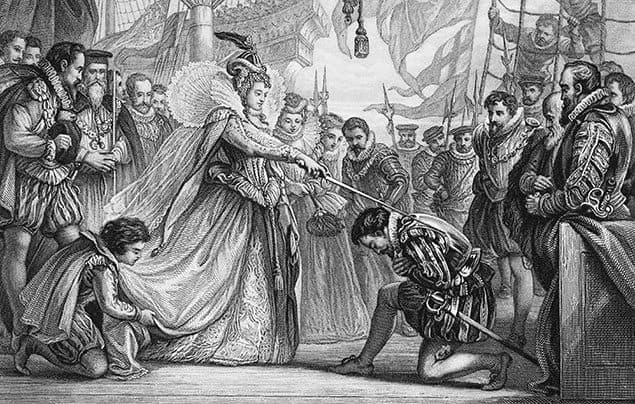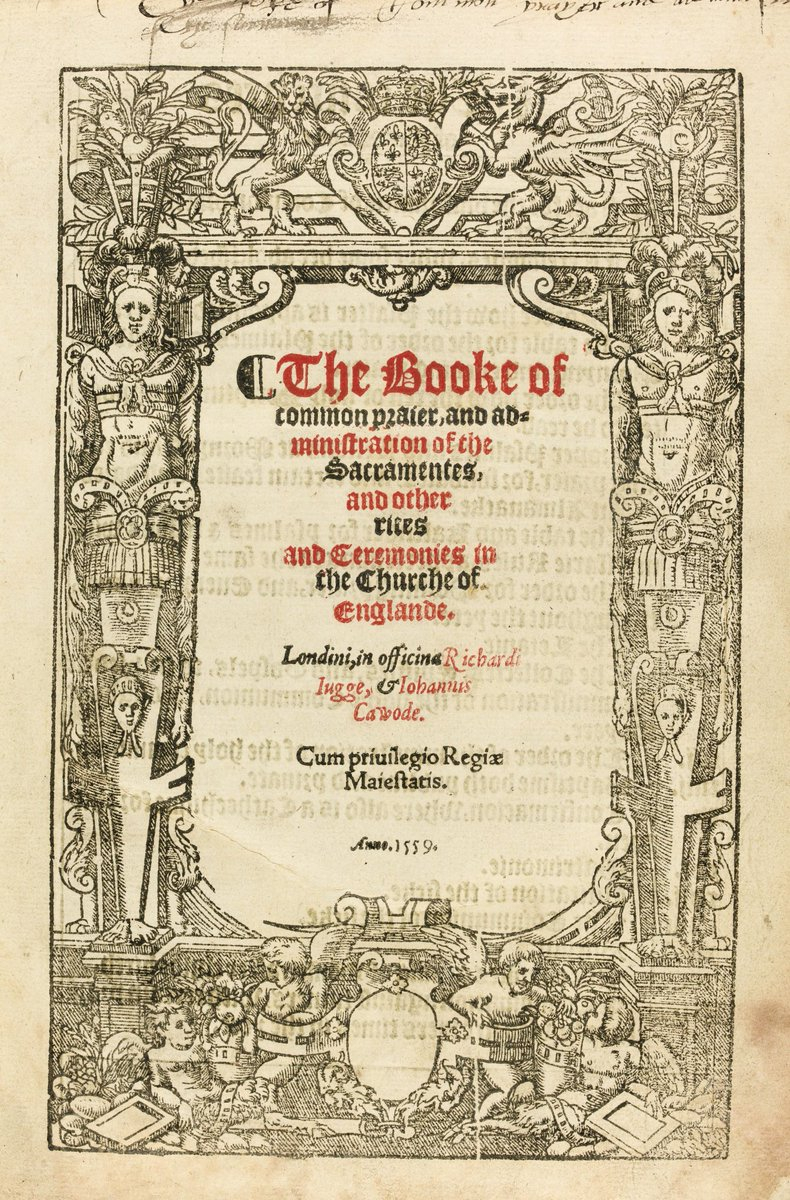Through the Elizabethan Religious Settlement, she tackled religious division in her nation
The religious and political regulations established in England during the reign of Elizabeth I are known as the Elizabethan Religious Settlement. The settlement, which was put into effect between 1559 and 1563, is regarded as the end of the English Reformation. It permanently altered the Church of England's theology and liturgy and laid the groundwork for Anglicanism's distinctive identity. Due to the religious reforms started by Henry VIII, Edward VI, and Mary I, England was violently split between Catholics and Protestants when Elizabeth took the throne. Henry VIII became the Supreme Head of the Church of England after breaking ties with the Roman Catholic Church and the pope. The Church of England embraced a Reformed doctrine and liturgy during Edward's rule.
These religious laws were changed under Mary's authority, and the Catholic Church and the Protestant movement were reconciled. To put an end to this religious unrest, the Elizabethan Settlement was created. Elizabeth was given the title of Supreme Governor of the Church of England by Parliament when the Act of Supremacy of 1558 restored the Church of England's independence from Rome. Religious disputes were not resolved by the Settlement. A Calvinist consensus among influential churchmen emerged within the Church of England.












